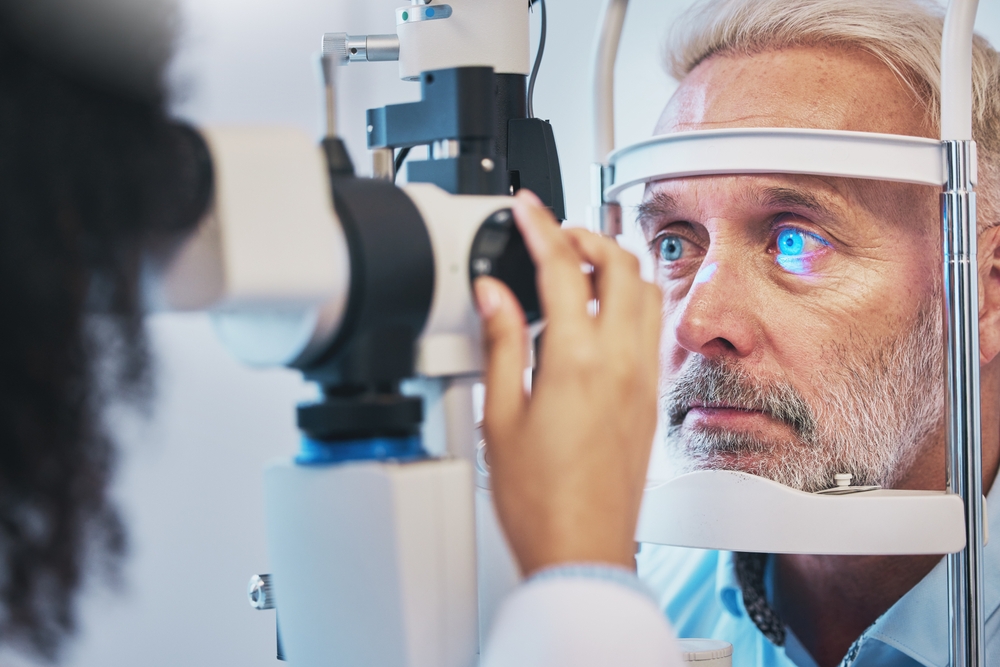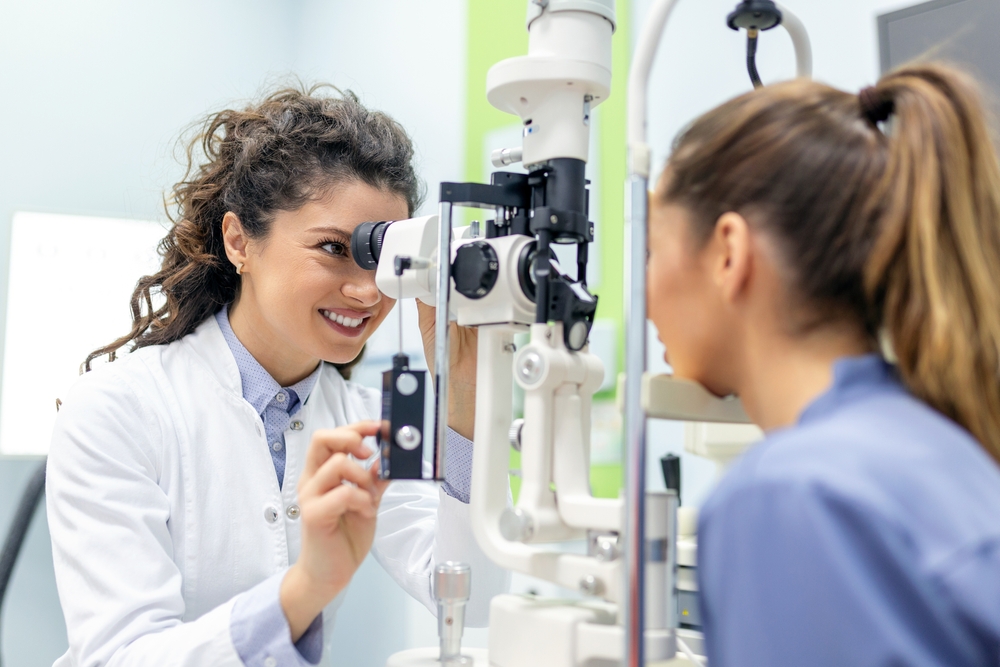Over the years, optometry has advanced significantly and become a vital component of healthcare. Helping individuals see clearly, treating eye-related disorders, and enhancing general eye health are the main goals of optometry. Amazing progress has also been made in the field of optometry as research and technology continue to expand.
It is crucial for optometry specialists to stay current on the newest methods, procedures, and equipment. After all, they can give patients better care if they are better informed. The Review of Optometry becomes an essential tool in this situation. These evaluations offer comprehensive details on recent developments, research, and trends in the field of eye care. They assist optometrists in learning about cutting-edge therapies, sophisticated equipment, and tried-and-true methods for managing illnesses and enhancing eyesight.
Everything you need to know about the Review of Optometry will be covered in this post. We’ll examine its pros and cons, its significance in contemporary eye care, and the ways in which it helps optometrists and their patients. This post will provide clear insights into why these reviews are so important, regardless of whether you are an optometrist, a student, or someone who is just interested in the subject.
What is Optometry?
The science and medical field of optometry is dedicated to eye health and vision enhancement. It include diagnosing vision issues through eye exams, treating a variety of eye disorders, and recommending corrective measures like glasses or contact lenses. As qualified eye care specialists, optometrists are essential to maintaining good eye health and vision.
Optometrists detect and treat conditions like glaucoma, cataracts, and dry eyes in addition to helping those with blurred vision. Because diseases like diabetes and high blood pressure can also damage the eyes, they can spot early warning signs of these serious problems during a normal eye checkup.
In the modern world, when individuals spend a lot of time staring at screens, conditions like dry eyes, headaches, and eye strain are rather frequent. Additionally, more people are susceptible to vision-related issues like cataracts and macular degeneration as the world’s population ages. Because of this, getting professional eye care is now more crucial than ever.
The Importance of the Review of Optometry
Because it provides case studies, technology, and insights into new therapies, the Review of Optometry is an essential resource for practitioners. In addition to improving patient outcomes, this encourages ongoing professional development.
Key Areas Covered in a Review of Optometry
Optometry reviews focus on multiple areas:
- Vision Correction Methods – Advancements in glasses, contact lenses, and refractive surgeries.
- Disease Management – Insights into managing conditions like glaucoma, cataracts, and diabetic retinopathy.
- Technology in Optometry – Tools like AI diagnostics and digital imaging to improve precision in care.
Advantages of the Review of Optometry
The Review of Optometry offers several benefits to the field:
1. Improved Knowledge Sharing
Reviews of optometry offer thorough case studies and answers, facilitating learning and experience sharing among professionals globally.
2. Staying Updated with Trends
Since optometry is always changing, reviews make that professionals are aware of the latest methods, resources, and procedures.
3. Collaboration Among Professionals
Reviews provide a forum for optometrists to work together and come up with creative solutions for challenging situations by encouraging dialogue.
Disadvantages of the Review of Optometry
While the Review of Optometry offers immense value, it comes with challenges:
1. Information Overload
Filtering pertinent information can be challenging for professionals due to the overwhelming volume of data.
2. Time Constraints
Busy schedules may prevent optometrists from thoroughly engaging with detailed reviews.
3. Cost of Access
Some reviews are locked behind paywalls, limiting access for professionals in low-resource settings.
Technological Innovations in Optometry
The field is undergoing a transformation propelled by technology. AI systems are able to identify the early signs of conditions like diabetic retinopathy and glaucoma. Furthermore, tele-optometry’s virtual consultations are opening up access to high-quality eye care in far-off places.
Role of Optometry in Preventing Eye Diseases
Early Diagnosis
Early detection of eye disorders is greatly aided by optometry. Frequent eye exams aid in the early detection of conditions such diabetic retinopathy, cataracts, glaucoma, and myopia (nearsightedness). Early detection of these disorders allows optometrists to prescribe prompt therapies, averting more issues and vision loss. In addition to saving a patient’s vision, early detection often lessens the need for subsequent, more involved and costly therapies.
Long-Term Eye Health
Optometrists provide patients with important knowledge and advice to help them keep healthy eyes for the rest of their lives. They educate people on eye-protective behaviors including taking breaks from screens, using sunglasses that block UV rays, and consuming vitamin-rich meals that are good for the eyes. To maintain long-term eye health, optometrists track changes in vision over time and offer tailored counsel through routine eye exams and evaluations. Patients are encouraged to prioritize their vision and avoid developing eye illnesses in the future by this continuing treatment.
Impact of Reviews on Optometry Education
Because they provide the most recent information on clinical practice, optometry reviews play a crucial role in creating instructional programs. Case studies and real-world examples help students become more prepared for their future employment.
Future Trends in Optometry Reviews
The future of the Review of Optometry is exciting:
- Personalized Patient Care – Reviews will guide tailored treatment plans for individuals.
- Tele-Optometry – Virtual tools will expand access to eye care globally.
Conclusion
The advancement of eye care is greatly aided by the Review of Optometry. The advantages it offers, such bettering patient care, disseminating fresh research, and fostering innovation, outweigh any drawbacks, such as information overload. Optometrists can improve their practices and deliver better treatment by remaining informed through these reviews. Professional cooperation is also encouraged by the reviews, which aid in the joint resolution of challenging cases. The future of optometry appears brighter as the field expands and new technologies are developed, guaranteeing improved eye health for all. Following the most recent developments will eventually result in more successful therapies and a healthier, more transparent future for patients.
FAQs
1. How does the Review of Optometry contribute to patient care?
It offers practitioners insights and techniques based on evidence, enabling them to enhance diagnosis and treatment.
2. How frequently should optometrists consult reviews?
To stay current, optometrists should interact with reviews on a frequent basis—ideally once a month.
3. Do optometry reviews have access to any free resources?
Indeed, certain platforms and periodicals provide open access to important study findings or summaries.
4. What are the main subjects usually covered in reviews of optometry?
Common subjects include disease treatment, vision corrective techniques, and technology developments.
5. What are the advantages of optometry reviews for novice practitioners?
They support the development of new optometrists by providing exposure to the most recent research, real-world case studies, and useful tactics.




